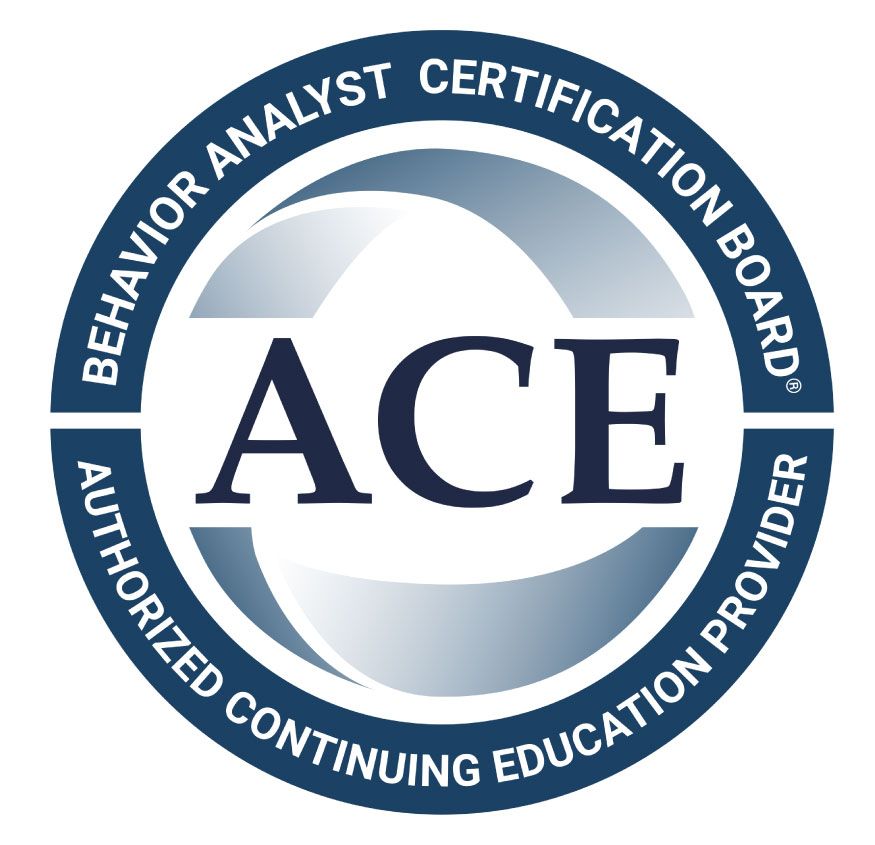RBT® Options
We’d like to share some tips and examples to help you understand how the Phases of Behavior-Analytic Interventions connect directly to the 2026 RBT® Curriculum and the RBT® Test Content Outline (3rd ed.). These concepts align with section C. Behavior Acquisition, especially items C.8 and C.9, which focus on implementing generalization procedures and distinguishing between acquisition and maintenance. By looking at each phase as part of a continuous journey, RBTs® can see how learning begins, expands across people and settings, and is sustained over time—creating meaningful, lasting progress for every client.
In the world of Applied Behavior Analysis (ABA), we talk a lot about data, protocols, and procedures — but at its heart, ABA is about people. It’s about understanding how behavior works, what influences it, and how we can make meaningful, lasting change in someone’s life.
That’s exactly why the ATCC 2026 RBT® Training Course takes a deeper dive into the Phases of Behavior-Analytic Interventions. These phases aren’t just steps on a checklist; they’re the story of progress — a roadmap from where someone is now to where they can go. Let’s explore each phase not just as a concept, but as part of a journey — one that RBTs®, families, and clients walk together.
Baseline – Seeing the Starting Point
Every intervention starts with clarity. During baseline, we collect objective data to understand what’s happening — how often, when, and why a behavior occurs. This phase builds the foundation for every decision that follows. When we understand the “before,” we can measure true progress in the “after.”
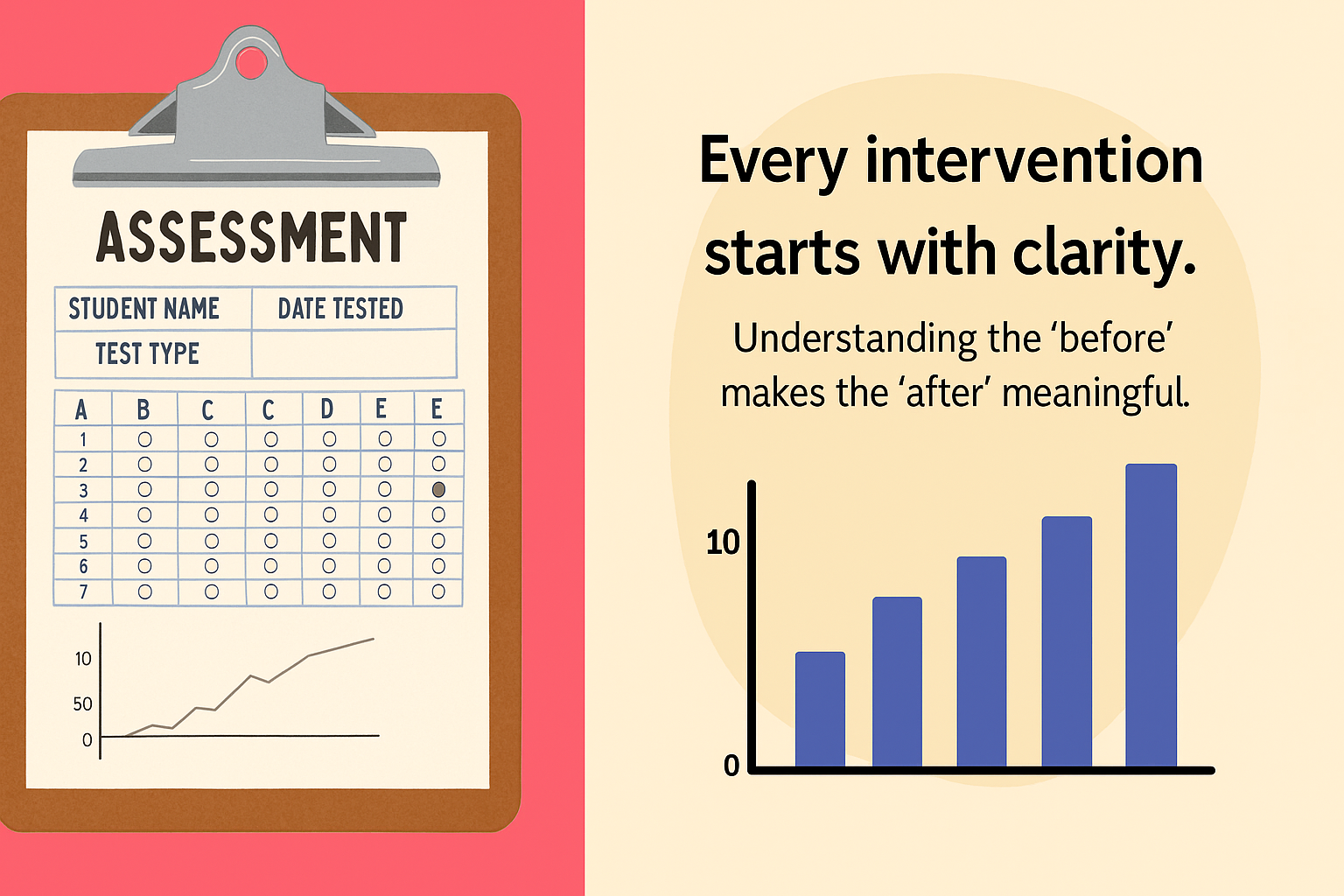
Intervention – Turning Insight Into Action
Here’s where knowledge becomes change. Using evidence-based strategies like reinforcement, prompting, and antecedent adjustments, RBTs® apply what they’ve learned to help individuals build meaningful, functional skills. It’s data-driven, flexible, and human-centered — because no two learners are exactly the same.
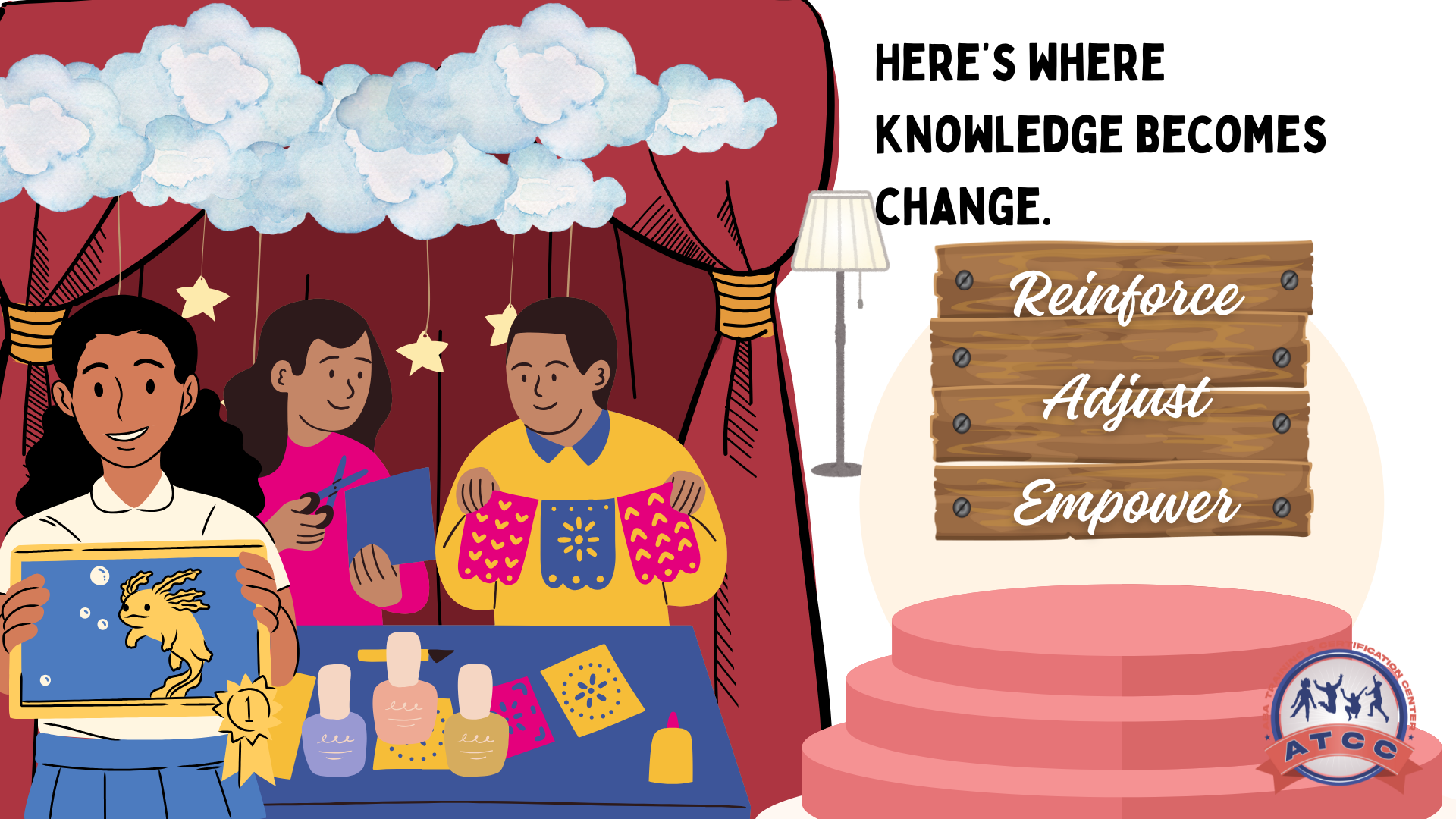
Generalization – When Learning Becomes Living
True progress shows up beyond the session. Generalization means the learner can use a skill in new places, with different people, and under natural conditions. It’s when a taught behavior — like asking for help — appears at school, home, or in daily life. That’s when learning becomes living.
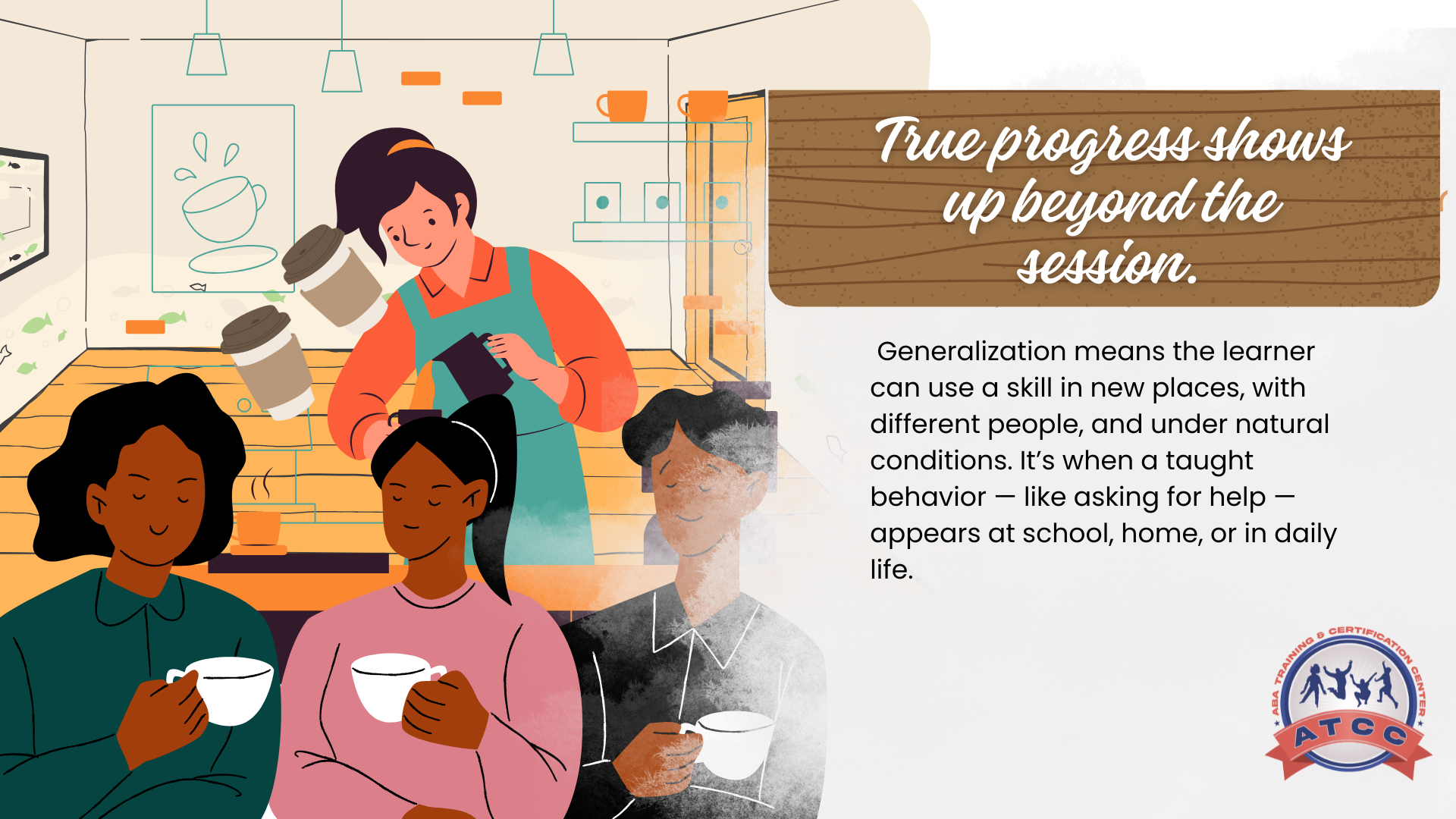
Maintenance – Keeping Growth Going
The final phase ensures skills stick. Maintenance focuses on independence — fading prompts, naturalizing reinforcement, and checking in periodically to make sure growth continues over time. Lasting change isn’t about constant support; it’s about sustainable success.
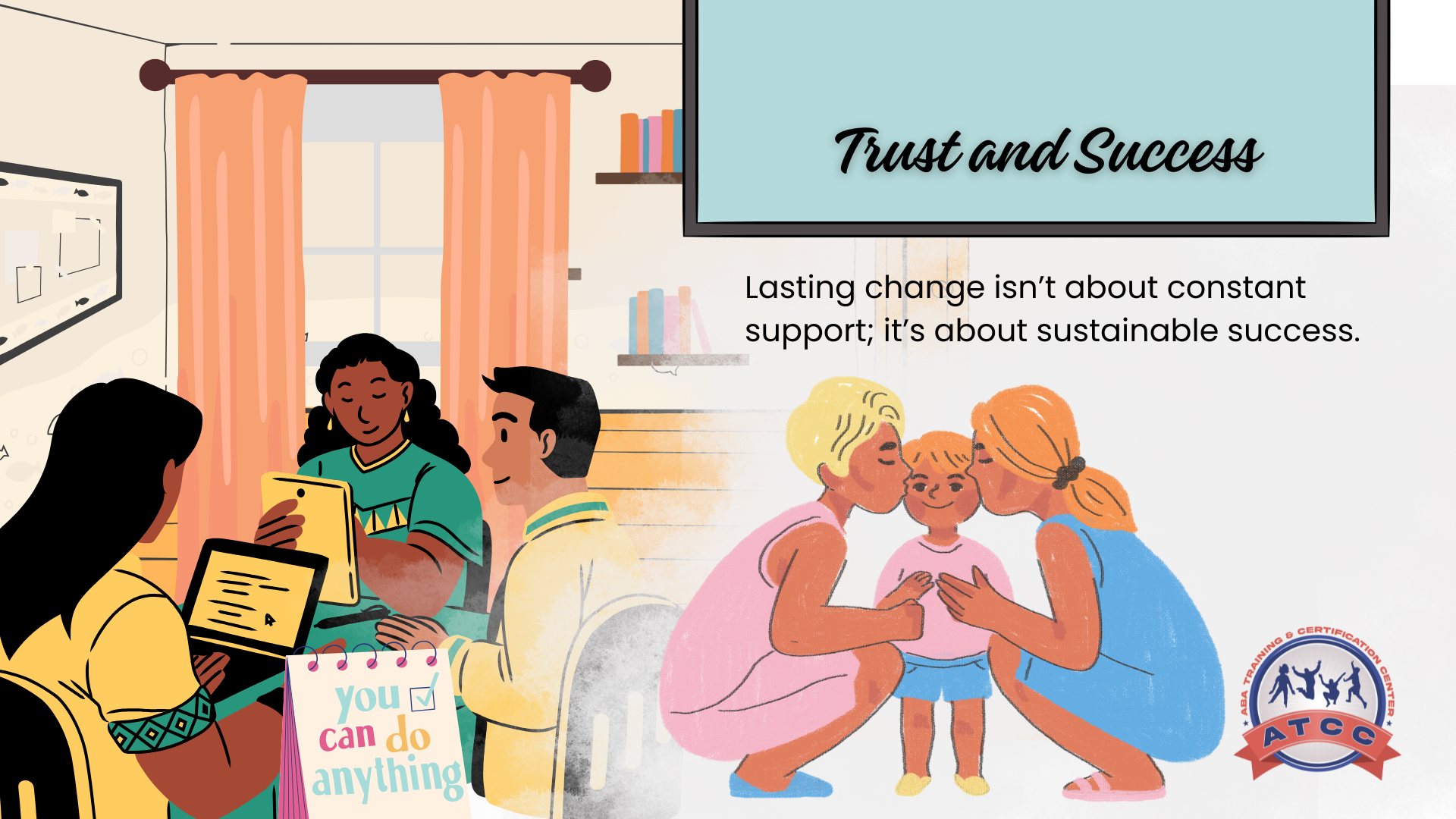
Why These Phases Matter
Whether you’re a new RBT® or a seasoned practitioner, understanding these phases helps you approach every session with confidence and purpose.
Keep Learning with ATCC®
To dive deeper, watch our video “Phases of Behavior-Analytic Interventions” on the ATCC YouTube Channel. You’ll find expert insights, practical demonstrations, and ongoing resources designed to help you grow in your RBT® journey — one phase at a time.
ATCC® – Shaping Success, One Phase at a Time.
